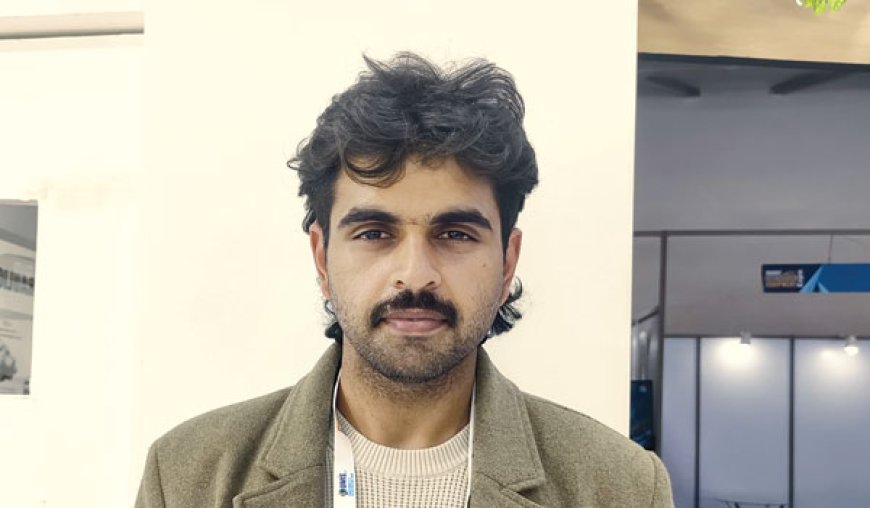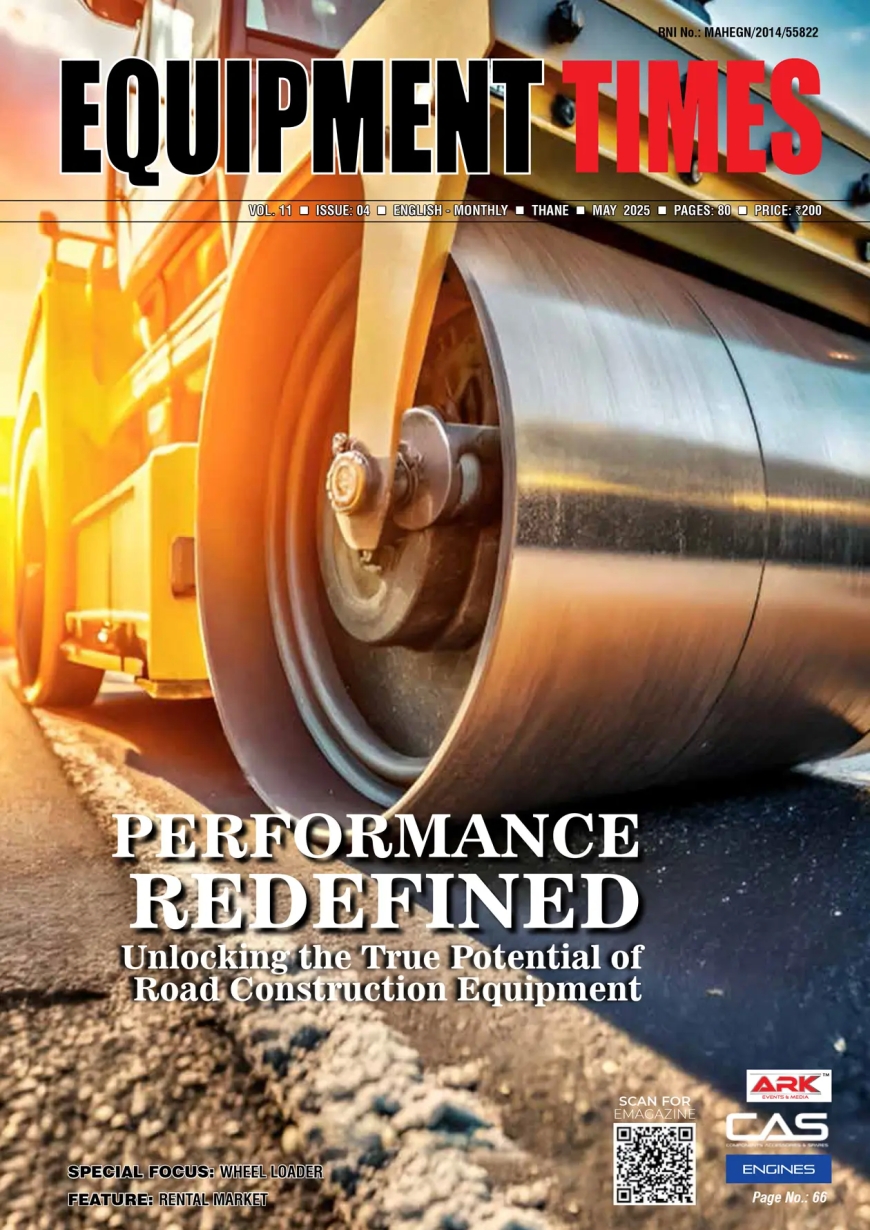Our products are used in road construction machinery, including soil compactors, road compactors, rollers, and cranes.
The focus for 2025 is the production of piston pumps and some piston motors as an unorganized sector in terms of the operator level. Piston pump technology is designed in such a way that it can withstand Indian operating conditions.

Varun Arora
Strategic Partnerships Manager, THM Huade Hydraulics
What is the focus for 2025 in terms of production and technology?
The focus for 2025 is the production of piston pumps and some piston motors as an unorganized sector in terms of the operator level. Piston pump technology is designed in such a way that it can withstand Indian operating conditions.
Could you highlight the products you are showcasing?
We are showing some 450-watt working pressure piston pumps and similar 450-watt working pressure piston motors. These piston motors are mostly used in the differential of self-propelled vehicles for traveling purposes.
From the construction and equipment industry perspective, which are the major applications or
segments where your products are used?
Our products are used in road construction machinery, including soil compactors, road compactors, rollers, and cranes. We have a significant market share in crawler cranes. Additionally, we are branching out into concrete mixers.
We have developed a pump for self-loading concrete mixing. As a component-level manufacturer, our goal is to localize manufacturing more and more. We have allocated funds and finalized plans to create close to 350 jobs. This investment has stabilized some of our technology in India.
How do you see the possibility of replacing imports with locally manufactured products of the same quality?
It is totally possible. The volume is now there. Over the last 30 years, we have built our volumes up, and now we can localise production, bring costs down, create jobs here, and create a resilient supply chain for our customers.
There is also a massive export opportunity for us. Right now, everybody outside India has their eyes on India. It is up to us to pull our socks up and reach that level.
ICEMA has mentioned that India is currently the third-largest construction equipment market and aims to reach the second spot. But a lot of work is needed. Localizing more component manufacturing seems to be a major factor. What is your take on this?
As a part of ICEMA, I am glad for the insights they have provided. I believe it is possible to reach that goal, though there will be hurdles along the way. If suppliers and equipment manufacturers work hand in hand, those hurdles can be resolved.
When localising in India, we must account for inefficiencies that may arise. However, in the engineering world, there is hardly any inefficiency that cannot be worked out in the long term.
Local manufacturing also requires easy availability of input materials and other resources. How do you see this challenge?
At the component level, we have been fortunate in Punjab, where there are many high-precision machine casting manufacturers and suppliers. However, overall, our infrastructure is not yet at the level of countries like China, Germany, or the USA.
To surpass these countries, the entire industry must come together. While this may seem challenging, it is absolutely achievable through joint efforts. It truly takes a village to make such advancements.
There is a thin gap between China (number one) and the USA (number two) in terms of the construction equipment market. However, the gap between the USA and India (third place) is quite significant. How do you view this challenge?
I believe it’s possible to bridge that gap. On a hydraulic component manufacturing level, I can confidently say it will happen. The pace at which it happens depends on the industry’s velocity and the openness of the supply chain.
Supply chain managers and vendor development teams need to take calculated risks and try out local manufacturers. Some companies are already doing this with strategic approaches, and the effort is definitely there at 100%.








